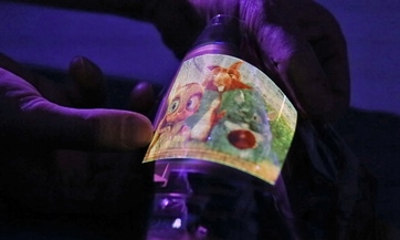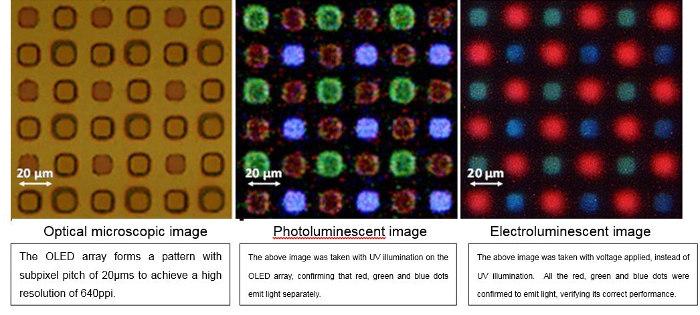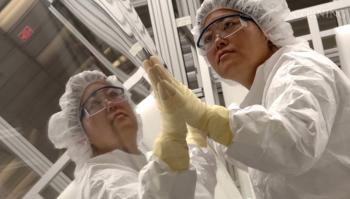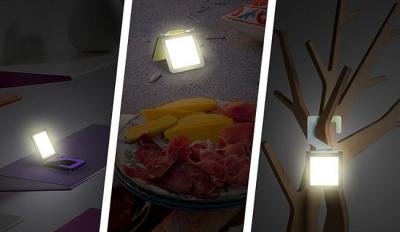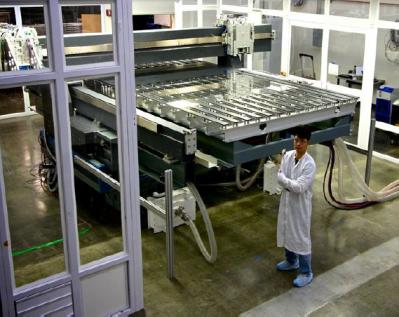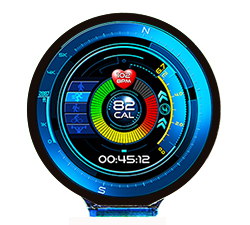Reuters: GS6 sales are off to a good start with over 6 million phones sold in 20 days
According to a market analyst, sales of Samsung's GS6 and GS6 Edge are off to a good start, with over 6 million phones sold by the end of April, less than a month after the official launch. The GS6 and GS6 Edge together have fared better in the first 20 days compared to the GS5 sales back in 2014.
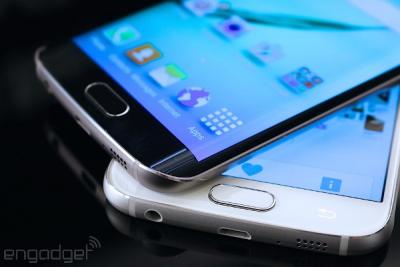
The same analyst says that the GS6 outsold the iPhone 6 and iPhone 6 plus during the launch. The main problem is the supply issues of the GS6 Edge - we know that Samsung Display cannot make enough flexible displays, although reportedly it has started production in their next Gen-6 fab earlier than planned to meet demand. The GS6 is expected to sell over 50 million units by the end of the year - better than the GS4 that sold 45 million units in the same period - and was Samsung's best selling phone ever.


